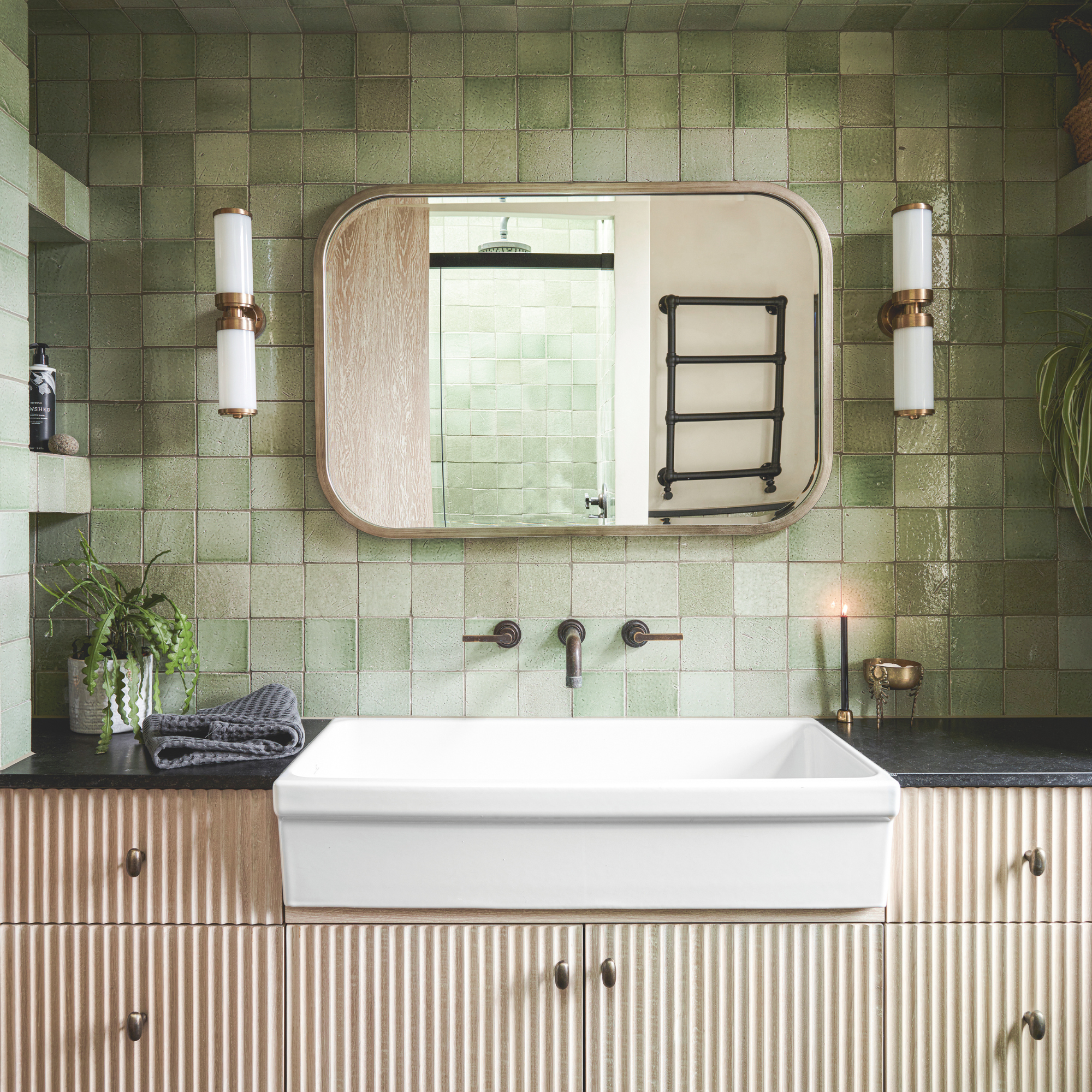
Do you want your bathroom to feel like your very own spa retreat with a hint of cosiness? You do? Well, Japandi-style bathrooms are the latest trend you need to create a tranquil bathroom to relax in.
You wouldn’t be alone in yearning for more peaceful bathroom ideas - after all, the bath is the best place to be after a long, stressful day. This feeling is something we all have in common as #Japandibathroom has racked up almost a million views on TikTok.
Japandi style is the tranquil fusion of Japanese minimalism and Scandi style - think natural materials, clean design and neutral colours-t comes as no surprise that is peaceful design trend is a matchmade in heaven for a bathroom.
But how exactly can we incorporate Japandi style into our bathrooms?
1. Embrace a neutral colour palette
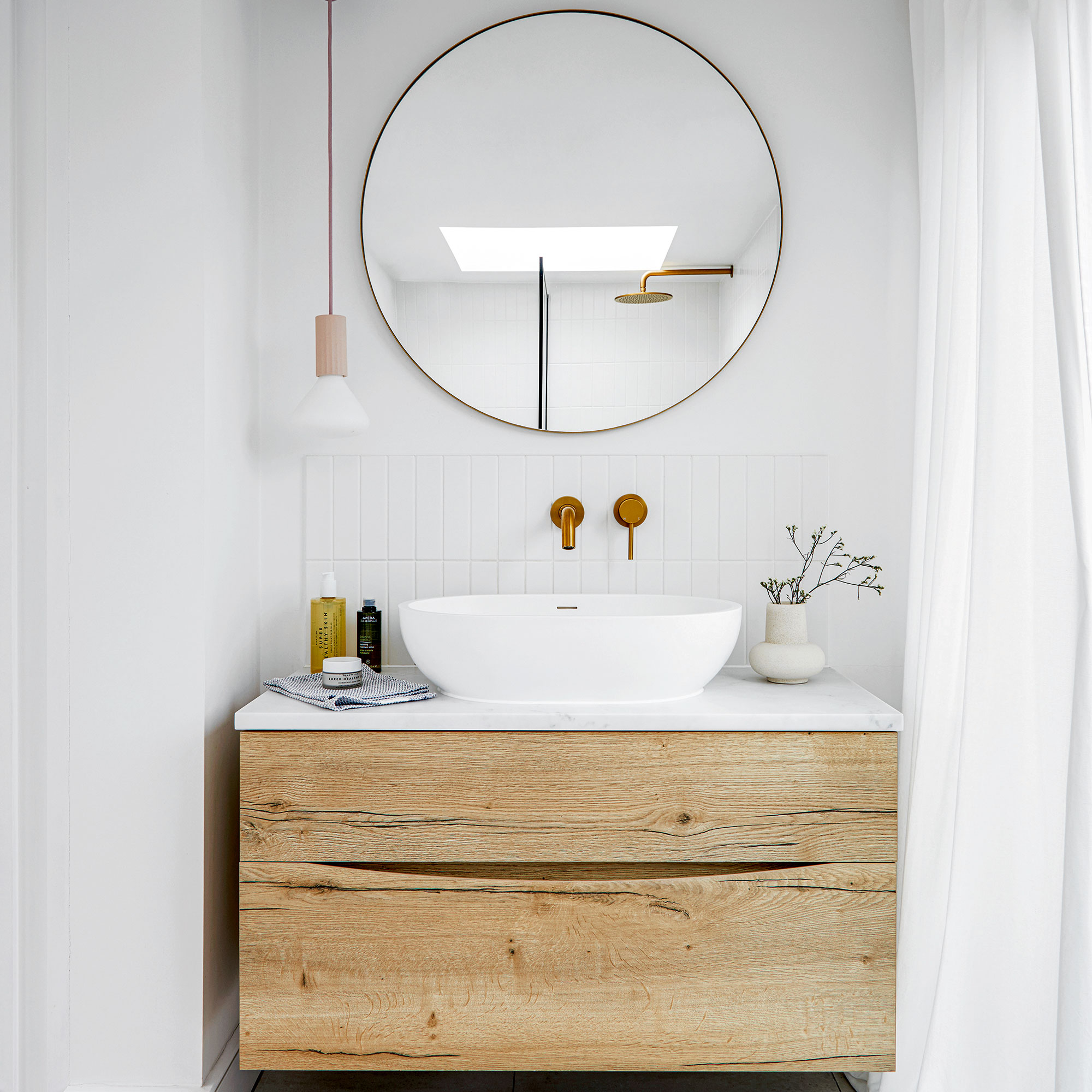
Your first port of call when it comes to creating a Japandi bathroom is colour, and when it comes to Japandi bathroom colour combinations, the key is to go neutral.
But neutral doesn’t mean stark white here - the key is to go a little more natural…
‘It's important not to focus exclusively on white, as an all-white approach can lead to a room appearing flat and lacking in inspiration. Earthy tones such as browns, greens and terracotta create a more grounding atmosphere,’ Mike Whitfield, luxury interior expert at LUSSO.
‘This colour scheme can be adopted in luxury bathroom suites, featuring a freestanding bath in deep natural tones, such as charcoal, and complemented by light neutral stone tiles to add brightness to the room.’
'If you want to add a splash of colour, opt for light blue or green shades for ultimate calm, whilst pale yellow adds a touch of warmth while bringing a pop of energy - plus it’s scientifically proven to make you feel happy!’ says Catharina Björkman, Scandi interiors expert at Contura.
2. Weave in texture
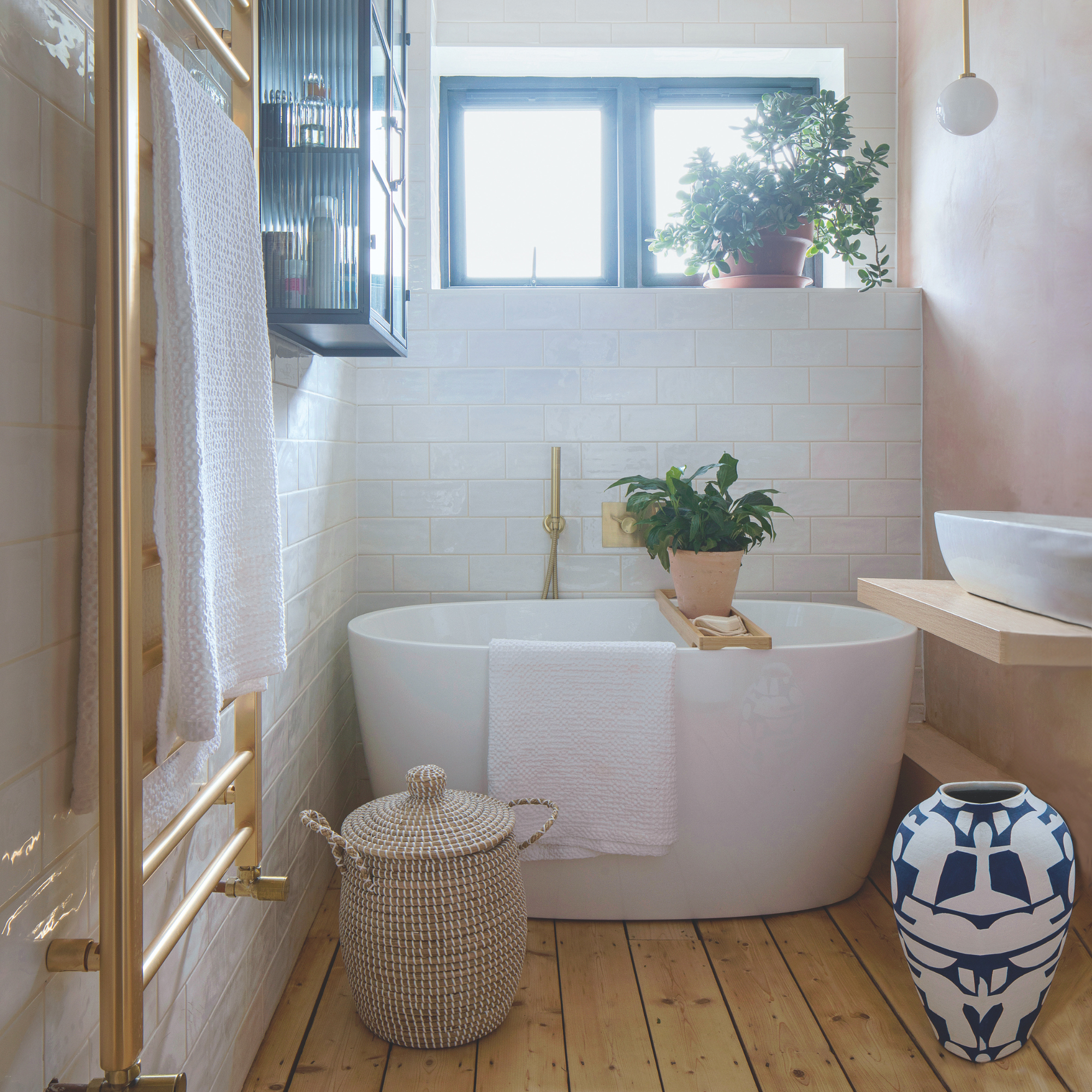
When it comes to creating a warm and peaceful environment, using texture in your interior design is key.
‘Incorporating different textures is a great way to create accents or visual weight to a room, allowing you to draw the eye to specific features,’ says Catharina.
‘Natural materials like wood, rattan and wicker, seagrass, leather, bamboo, stone, and steel, iron or copper are ideal for adding texture and intrigue to a room.
‘And it’s not just physical texture that's important, but visual texture too. Re-create the feeling of natural light by incorporating a range of feature lighting options such as under cabinet lighting, pendants, and add lamps, fairy lights and candles to light different areas of your bathroom. Dimmer switches for ceiling lights are a must!’
Texture is a key factor of Japandi style, drawing inspiration from nature to create a tranquil space.
‘Textures are the key ingredient in crafting the perfect Japandi-inspired space,’ says Mike.
‘Together, they help to create a beautiful canvas for further design concepts. I recommend including wooden decor to achieve a rustic appearance that reflects natural landscapes.’
3. Choose your accessories wisely
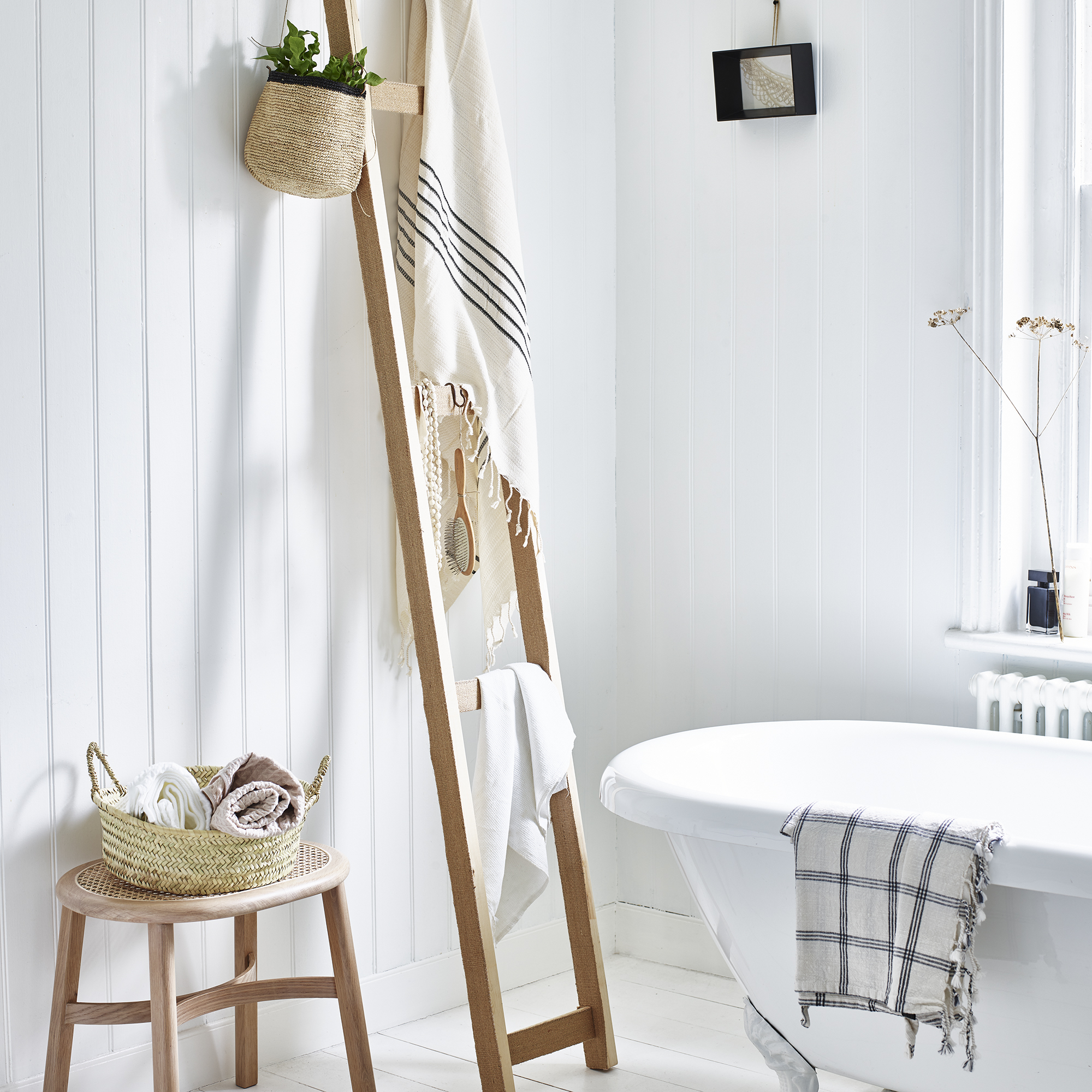
Even though the premise of a Japandi bathroom is minimalist, a sprinkling of accessories is important for creating a homely spa feeling.
‘Enhance your bathroom with simple accessories such as plants, flowers and rattan pieces,’ says Mike.
‘Focus on smaller spa-like elements such as towels, bath robes, bath caddies and candles to subtly create a serene ambience Japandi is renowned for.’
However, you can include decorative features, too.
‘Remember to keep decorative accessories to a minimum, for example, a single piece of artwork, a minimalist vase, or a well-placed stone or ceramic ornament can elevate the space while maintaining a calm, uncluttered feel,’ says Shamila Iqbal, Director at Bathroom Mountain.
‘Finally, remember functionality, no bathroom is complete without a mirror, so go for a simple, frameless style or one with a minimal black or wood frame.’
4. Take a minimalist approach
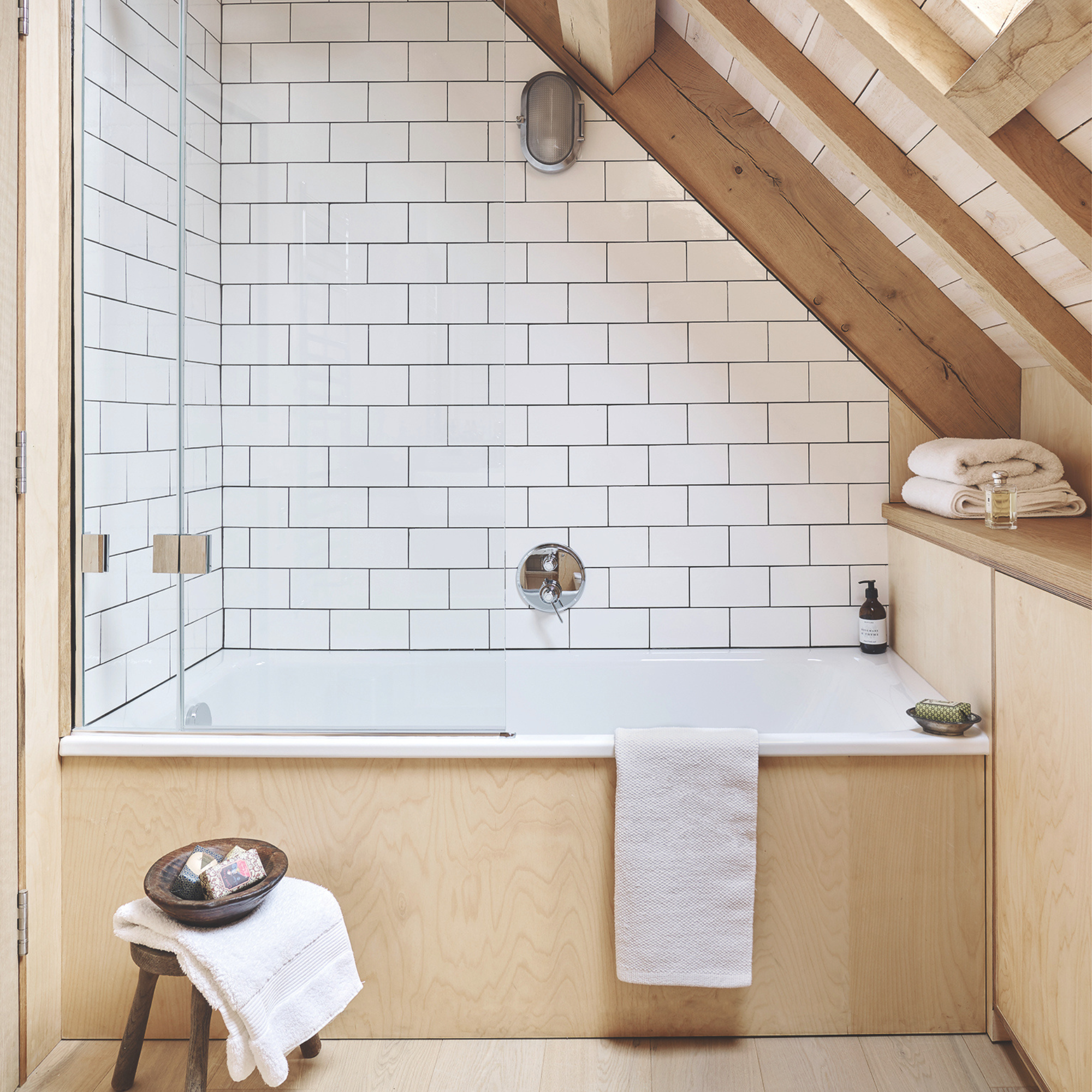
Both Japanese and Scandinavian styles focus on minimalism, so it comes as no surprise that the key to a Japandi bathroom is less is more.
‘You should avoid combining too many visually noisy or bright elements - they won't mix well with Asian-inspired simplicity. Adding too much to a space can make it feel cluttered which contradicts the open living concept of Japandi design,’ says Mike.
‘Minimalism and simplicity are the other vital elements of this design. Allow your bathroom to come to life through tiles, colour scheme and decor choices.'
5. Don't forget to go green
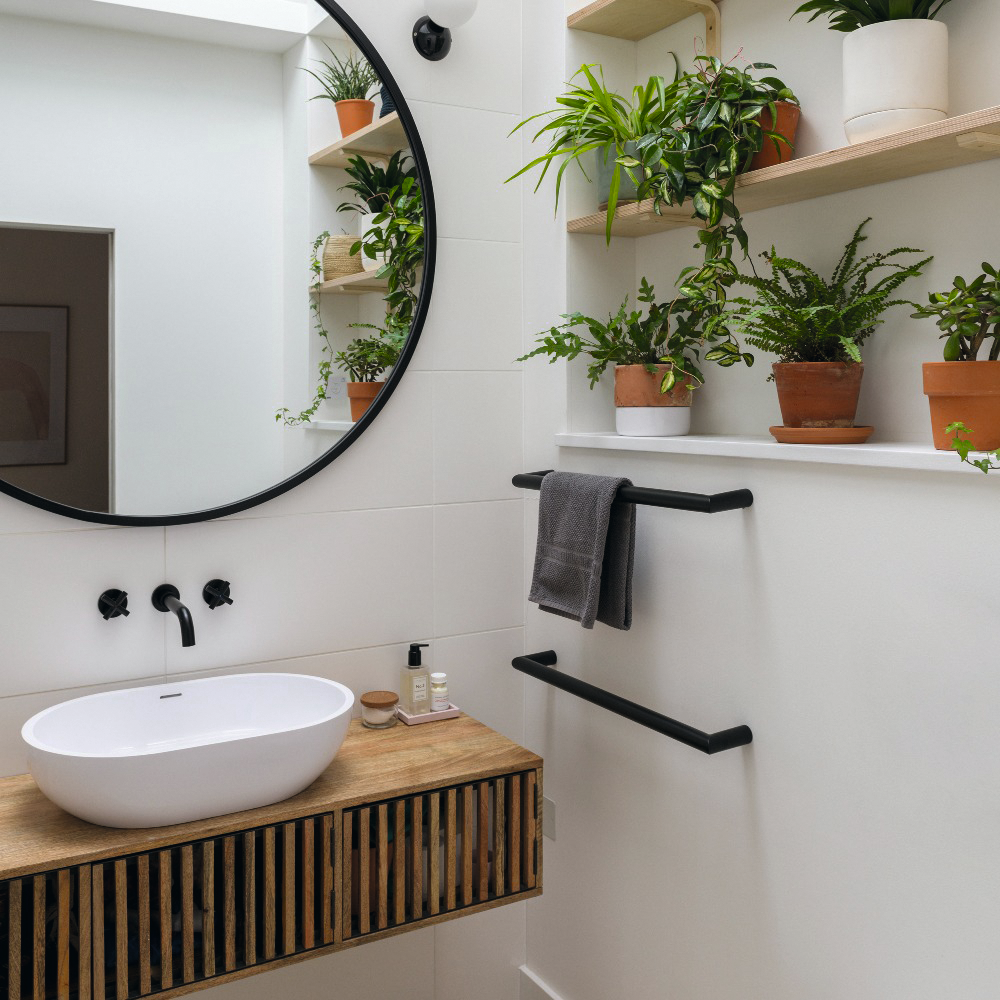
Your accessories don’t have to be simply pretty either, they can be useful too - Catharina suggests investing in bathroom houseplant ideas.
‘Incorporating more houseplants into your home is the ideal way to boost your connection with the natural world – crucial for mental wellbeing,’ she says.
‘Air purifying plants that counteract indoor air pollution are a must. The bathroom is the ideal place to grow a pot of lavender; the scent is proven to relax the mind and body and is the perfect primer for sleep.
‘And don’t forget about how you display your plants. Terracotta pots have a rustic charm that’s ideal for any Japandi-inspired space.’
Will you be bringing the spa home with your own Japandi bathroom?







